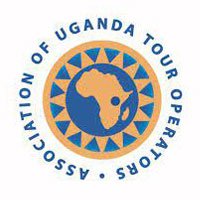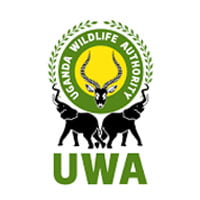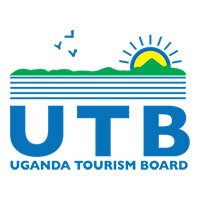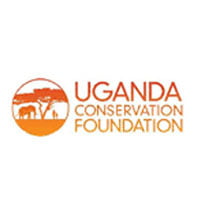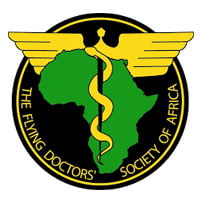Uganda Traditional dance is one sure way to experience Uganda’s rich cultural diversity is via dance. Uganda has more than 50 subcultures and dance is a great way for the various people to keep links to the traditions of their fathers and grandfathers. We are going to take a look at the top cultural dances in Uganda.
Various traditional dances signify culturally important events and emotions of love, sorrow, joy, and excitement. The dances are different in each of the respective regions of the country. These folk songs and dances represent the way of living, beliefs, and norms.
There a quite a number of these dances given this broad spectrum but here are a few most common dances across the country. You can witness (and participate) any of these dances while you are on a community visit in the various parts of Uganda.
1. Ekitaguriro Dance
This is a dance performed by the Banyankore. The Banyankore are from Ankole land, found in the Western part of Uganda. This originates from the Nkore or Ankole kingdom which is one of the oldest traditional dynasties in Uganda. It was created after of merging the Nkore kingdom with the smaller chiefdoms of Sheema, Buhweju, and Igara. The Ankole kingdom was subdivided into two factions, the Bahima (nobility and pastoralists) and the Bairu (agriculturalists and peasants).
Ekitaguriro is a dance performed by both men and women. They use it to tell stories, communicate vital cultural information, good harvests as well as a celebrate fundamental life changes like birth and marriage but mostly to show appreciation for their cows.
The men step from one leg to another imitating the back-and-forth movement the cows make when walking and the women spread their hands across and above their heads in the representation of the long-horned cattle and majestically sway from side to side in unison.
The dance is performed whilst wearing the Banyankore traditional dancewear known as ‘Bitambi’ or ‘lessu’ (wrapper) which is tied tightly around their waist and another lighter cloth around the shoulders complemented by several African-themed jewellery for the women. The men add shackle-like beads to their ensemble whose basic role is to draw attention to the foot movements and compliment the sounds of the ‘Kitaguriro dance’.
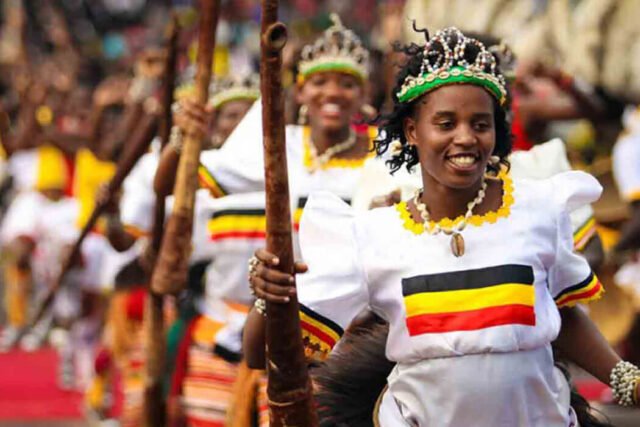
You can experience the Kitaguliro dance around the areas of greater Mbarara and Bushenyi in southwestern Uganda. Cultural visits can be organised as part of your ongoing safari. To mix up the wonderful wildlife and culture of the region.
2. Acholi Traditional Dances
I use this title because the Acholi people have 8 different traditional dances for different occasions and reasons. The Acholi people are found in the Nothern part of Uganda and they speak the Luo language.
Acholi are a tribe of people who still deeply practice their culture with the women taking care of agriculture and the men the livestock. Music in Acholi-land was and is used to transfer cultural knowledge through generations. I will only highlight the most common types.
Larakaraka dance
Also known as the ‘courtship dance’. In pre-colonial Acholi, young men were allowed to showcase their dance skills in an attempt to get a marriage partner.
This dance is still performed at traditional weddings to carry a torch for the old custom. The men wear rooster feathers on their heads and carry calabashes – which they rhythmically shake and pat with small saches. The women mostly use their lower bodies shaking the hips and waist often frantically to show off their femininity. The Larakaraka dance is the most common Acholi dance.
Otole dance
The Otole dance is also known as the ‘war dance’. Otole dance played the role of preparing and inculcating the young Acholi men on what to expect from fights.
The men wear cock feathers on their heads and carry shields and spears to perform mock fights (combat formations and defensive fighting), and victory dances. This dance represents the huge role men played in Acholi history for the protection of their territories, women and children. It was intended to teach responsibility.
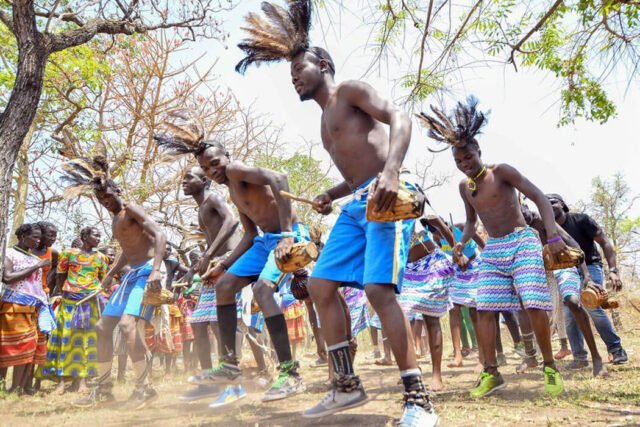
3. Nankasa, Baakisiimba, Muwogola
This is a traditional folk dance that originated from the Buganda kingdom. Buganda is comprised of the Baganda people in the Central region of Uganda.
Quite an interesting story actually, the dance was a result of one Kabaka of Buganda kingdom who got ‘drunk’ from the local drink ‘tonto’ or ‘omwenge’ made from bananas. As he danced out of happiness, he was joined by the people around him and has since been a celebratory dance among the Baganda people.
Mbaga dance
Also traditionally practised by the Baganda tribe is the Mbaga dance. Normally performed by a woman who has reached the age of 18 and is being prepared for future marriage.
In this dance, topics on how to be a good wife, birthing and taking care of children, managing the house and the like are expressed. They use instruments like tube fiddle (endigidi), drum (namunjoloba ), shakers (ensaasi), and long drum (engalabi).
4. Ekizino Dance
This is the traditional dance of the Bakiga people from the southwestern part of Uganda known as Kigezi. They are known for being tirelessly hard-working agriculturalists capable of working from morning to evening.
In celebration of their hard work and harvest, they perform the Kizino dance consisting of hand-clapping, embuutu (big drum), endere (flute), ensaasi (shakers) and rhythmic singing led by a lead singer.
Both the men and women jump and thump the ground as they raise their hands up and down to match their legs. There is so much energy evidenced in this dance, vibrating from the dancers to the ground, as well as the screams of excitement complimenting the singing.
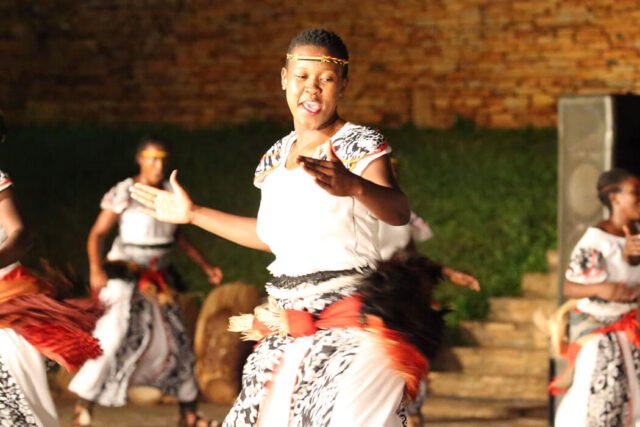
5. Akogo Dance
Iteso people are Nilo-Hamites who live in Eastern Uganda. Another courtship dance performed to the sound of thumb piano (akago), small drum and flutes customized to a softer sound.
It is performed by both women and men showing off their stamina ability by frantically thumping on one foot as the men make advance moves towards the woman of their choice.
6. Runyege Batooro
The Batooro people are led by a king known as Omukama from the Babiito dynasty with power trickling down hereditarily from father to son. They are part agricultural and part pastoral people currently residing over the Kasese and Kabarole districts.
The dance is performed with instruments like Embuutu (big drum), Emgalabbi (Long drum), Akasekendde (shaker) and Runyege (tied around the legs). the Runyege dance is performed with vigour and skill intended to impress the woman of interest to pick out the right man. He is joined by his family and friends to show the great family and supporting community she will be a part of.
This dance is used to send quite some signals to the opposite sex to let them know how the other feels.
7. Edonga Dance
This is a dance performed by the Karamajong people who live in the areas of Kotido and Moroto districts of northeastern Uganda. They are agro-pastoral herders living in mostly steep hilly and mountainous areas.
The Edonga dance is performed by jumping with the entire weight of the body to as high as one can go to signify enthusiasm and love for their culture and country.
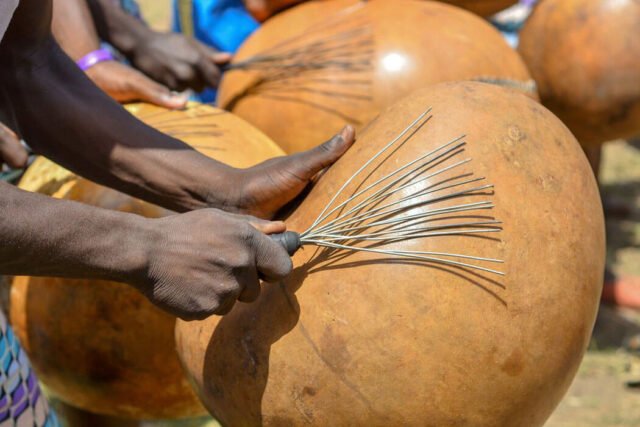
8. Agwara Dance
Named after the main instrument of the dance called Agwara (local trumpet/horn) of the Lugbara people. The Lugbara people are settled in the areas surrounding the borders of DRC and South Sudan in Northern Uganda.
It is a celebratory dance done in imitation of the movement of hunters as they sneak up on the animals. This dance was performed to prepare young men to join the hunting parties as well as celebrate successful hunting trips.
9. Mwanage Dance
The Mwanga dance is a ceremonial initiation dance. They believe in circumcision for a boy to transition into a man.
Ringing bells are attached to the participant, fiddles, flutes and several traditional songs are all combined into a memorable event. The participant is escorted by the entire community as they make rounds in the village before finally going for the final and most important event.
He is expected to show resilience and braveness and show no sign of weakness.
Conclusion
With very many cultural dances in Uganda, this article looks at the most common and popular of these Ugandan traditional dances.
For you to see the dances, it can be arranged such that your Uganda safari includes cultural visits such that you can experience the powerful connection between music and culture. Alternatively, you can visit some places that host performances of these dances. The most popular of such places is the Ndere Cultural Centre in Kampala.
Whatever way you like to enjoy these cultural experiences, talk to our safari experts to organize cultural visits along with the rest of your safari. Just fill out this custom safari request form and our team will start working to make for you a safari program that best suits your interests.
Most of our guests usually add cultural encounters (and dances) as part of an all-inclusive Uganda safari. All-inclusive Ugandan safaris usually consist of wildlife game drives, gorilla trekking, chimpanzee tracking, or birding as per the visitors’ preference.
Related articles;
- Bulange – Buganda’s cultural parliament
- Batwa Cultural experience. Real experiences with the people of the forest
- Uganda’s food. Top dishes you should give a try when in Uganda.

